Case 2
Navigation
- Introduction
- Causes of Defects
- Good Practices
- Standards
- Maintenance and Diagnostics
- Remedial
- Similar Cases
- References
Cause of Defects
A number of causes can be responsible for such defects.
- incorrect application of the paint system
- Before application of paint, the substrate preparation is unable to remove all unstable particles, this results in the poor adhesion of the coating.
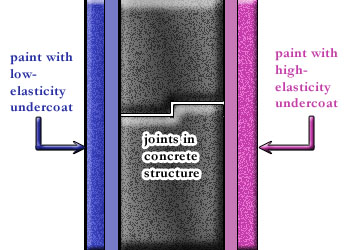
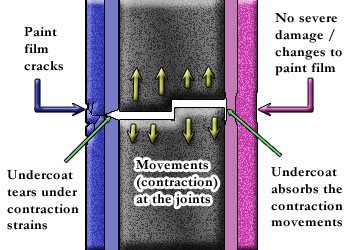
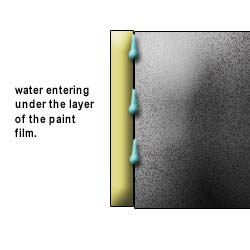
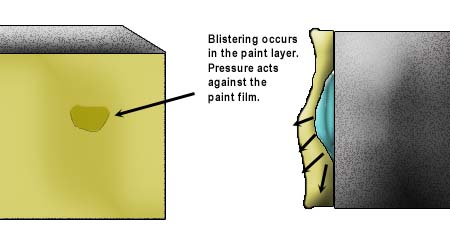
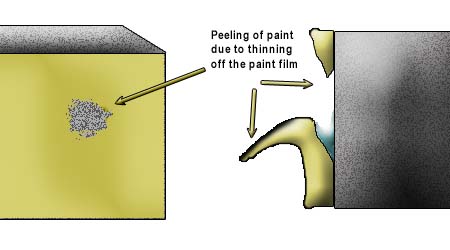
- Material failure
- In addition the lack of elasticity in well bound undercoats or finishes may prevent movement of the entire film, and thus unable to conform with the surface movement and breaking the original adhesion.
- Use of lower quality paint that has inadequate adhesion and flexibility.
- Overthinning or overspreading the paint (Figure 2a to c).
- Inadequate surface preparation, or applying the paint to bare wood without first applying a primer.
- Excessive hardening and embrittlement of alkyl paint as the paint job ages.
- Moisture seepage
- Another cause of such defect can be due the the moisture or rainwater seepage into the topcoat, and therefore causes peeling of paint due to insufficient adhesion between layers (Figure 2).
- Painting on uncured substrate
- In other instances paint peel due to applying paint over insufficiently cured plaster or concrete. The uncured substrate contains trapped moisture which subsequently generates capillary pressure that exerts stress on the paint film and causes peeling to take place.
- Paint peels off from the surface in small flakes will allow moisture to penetrate through thus causing further peeling. In severe cases, especially where the substrate has high sulphate content, efflorescence can be formed, which causes the facade to become aesthetically becomes unsightly.